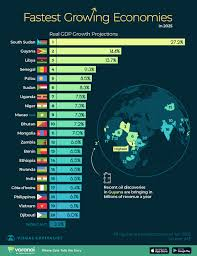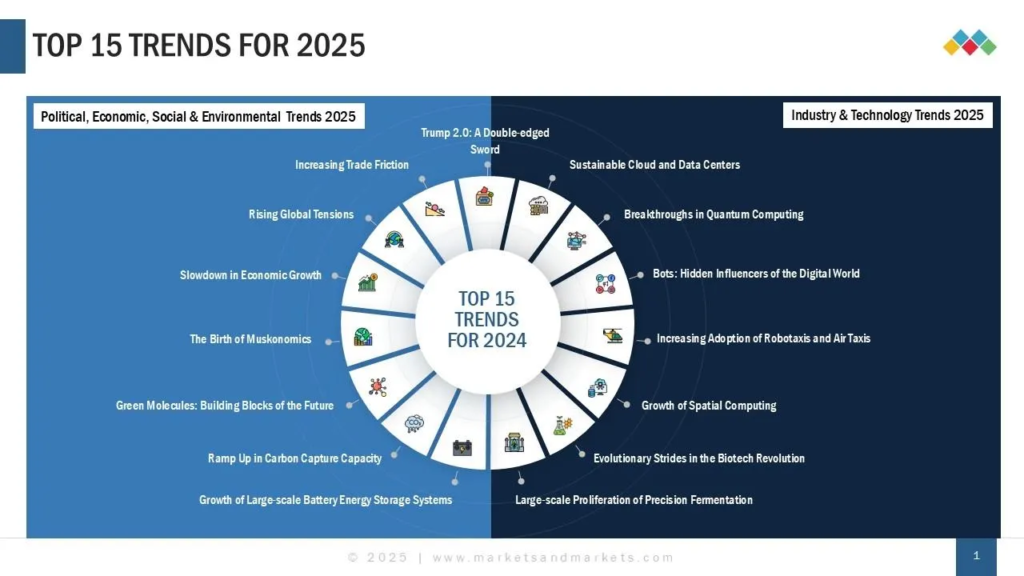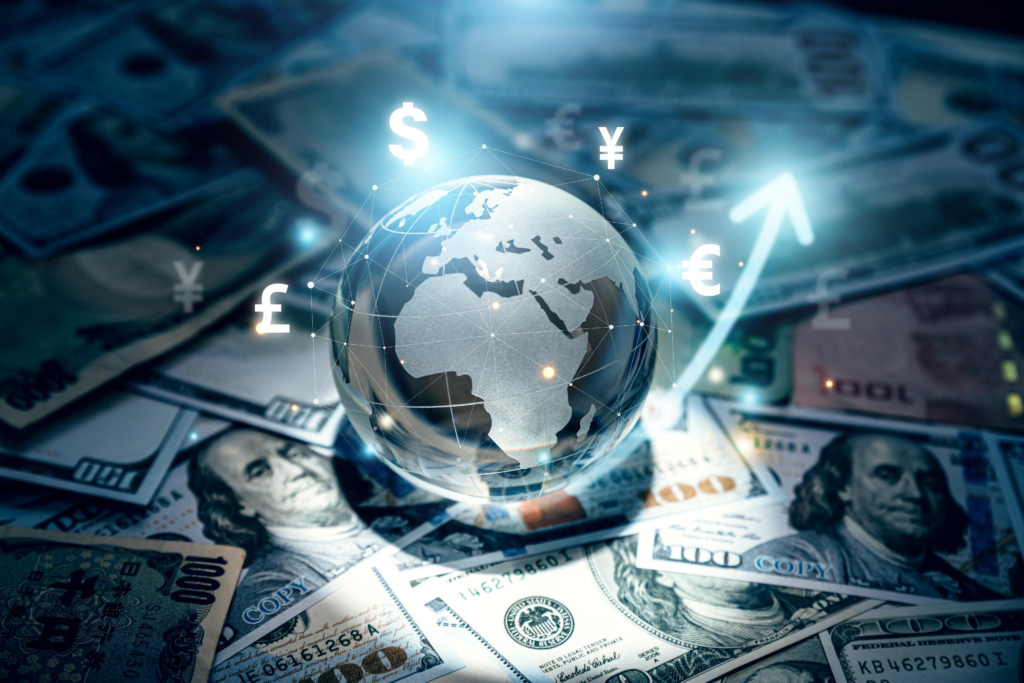The United States faces a complex economic landscape in 2025. From rising costs to global uncertainties, the nation is navigating challenges that impact businesses, families, and policymakers. These issues demand attention and creative solutions to ensure stability and growth. Let’s dive into the top economic challenges shaping the U.S. this year and explore what they mean for the future.

1. Persistent Inflation and Cost-of-Living Pressures
Inflation remains a stubborn issue in 2025. While it has cooled from its peak a few years ago, prices for essentials like housing, healthcare, and food continue to strain household budgets. Many Americans feel squeezed as wages struggle to keep up with rising costs. The Federal Reserve faces a tough balancing act: keeping interest rates steady to control inflation without slowing economic growth too much.
For families, this means tighter budgets and tough choices. Small businesses are also feeling the pinch, with higher operating costs cutting into profits. Policymakers are under pressure to address these concerns, but quick fixes are hard to come by. Long-term solutions, like increasing affordable housing or streamlining supply chains, will take time to make a difference.

2. National Debt and Budget Deficits
The U.S. national debt is another growing concern, projected to exceed $40 trillion in 2025. Large budget deficits, driven by spending on programs like Social Security, Medicare, and defense, are adding to the problem. Interest payments on the debt are eating up a bigger share of the federal budget, leaving less room for investments in infrastructure, education, or innovation.
This issue sparks heated debates in Washington. Some argue for cutting spending, while others push for raising taxes on high earners or corporations. Both sides agree the debt trajectory is unsustainable, but finding common ground is tricky. If left unaddressed, the rising debt could lead to higher interest rates and slower economic growth, affecting everyone from Wall Street to Main Street.
3. Workforce Shortages and Skills Gaps
The U.S. labor market is facing a shortage of workers in key industries like healthcare, technology, and manufacturing. An aging population and declining birth rates mean fewer people are entering the workforce. At the same time, rapid technological advancements, like artificial intelligence, demand new skills that many workers don’t yet have.
Businesses are struggling to fill open positions, which slows growth and innovation. Workers, meanwhile, face pressure to upskill or risk being left behind. Community colleges and training programs are stepping up, but closing the skills gap will take years. Immigration reform could help by bringing in talent from abroad, but political gridlock makes progress slow.

4. Global Trade and Supply Chain Disruptions
Global trade tensions and supply chain issues continue to challenge the U.S. economy in 2025. Tariffs and trade disputes with countries like China have raised costs for businesses and consumers. At the same time, disruptions from geopolitical conflicts and climate-related events are making it harder to get goods like semiconductors, energy, and food.
These problems expose the risks of relying heavily on global supply chains. Many companies are now “reshoring” operations to the U.S. or diversifying suppliers, but these shifts are costly and slow. For consumers, supply chain snags mean higher prices and delays for everything from electronics to groceries. Policymakers are exploring incentives to boost domestic production, but global interdependence makes self-sufficiency a tall order.
5. Climate Change and Transition to Green Energy
Climate change is not just an environmental issue—it’s an economic one. Extreme weather events, like hurricanes and wildfires, are costing billions in damages and disrupting businesses. At the same time, the transition to green energy is reshaping industries. Investments in renewables, electric vehicles, and energy-efficient infrastructure are creating jobs but also straining budgets and supply chains.
Fossil fuel communities, like those in coal or oil regions, face job losses as the economy shifts. Retraining programs are critical, but they’re not yet widespread enough. Meanwhile, businesses must navigate new regulations and consumer demands for sustainability. Balancing economic growth with climate goals is a delicate task, and 2025 will test the nation’s ability to get it right.
6. Housing Affordability Crisis
Housing affordability is a major economic hurdle in 2025. Home prices and rents remain high, especially in urban areas, locking many young adults and families out of the market. High interest rates make mortgages less affordable, while a shortage of new homes keeps supply tight.
This crisis has ripple effects. Young people are delaying major life milestones, like starting families or buying cars, because they’re spending so much on rent. Local economies suffer when workers can’t afford to live near their jobs. Solutions like zoning reforms, tax incentives for developers, or rent control are being debated, but progress is slow. Without action, the housing gap could widen, fueling inequality and frustration.
7. Technological Disruption and Inequality
Technology is transforming the economy, but not everyone is benefiting equally. Automation and AI are boosting productivity but also displacing workers in industries like retail, transportation, and manufacturing. Those with advanced skills are thriving, while others face job insecurity and stagnant wages.
This divide is deepening economic inequality. Wealth is concentrating among tech giants and highly skilled professionals, while many working-class Americans struggle to get by. Addressing this requires investing in education, expanding access to high-speed internet, and supporting entrepreneurship in underserved areas. If ignored, inequality could fuel social unrest and weaken economic stability.
What’s Next for the U.S. Economy?
The economic challenges facing the U.S. in 2025 are daunting but not insurmountable. Tackling them will require cooperation between government, businesses, and communities. Policymakers must prioritize long-term solutions, like investing in education and infrastructure, while addressing immediate needs, like affordability and job creation.
For everyday Americans, these issues hit close to home. Rising costs, uncertain job prospects, and an unpredictable global landscape create a sense of unease. Yet, the U.S. has faced tough times before and come out stronger. By focusing on innovation, fairness, and resilience, the nation can navigate these challenges and build a brighter economic future.
Also Read:- 10 High-Paying Side Hustles for US Residents in 2025






